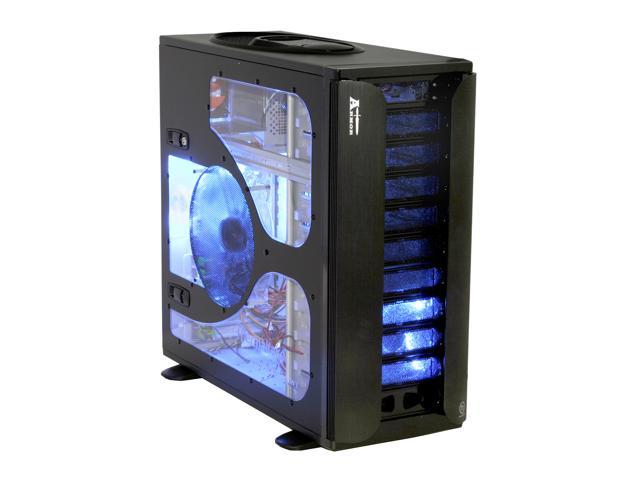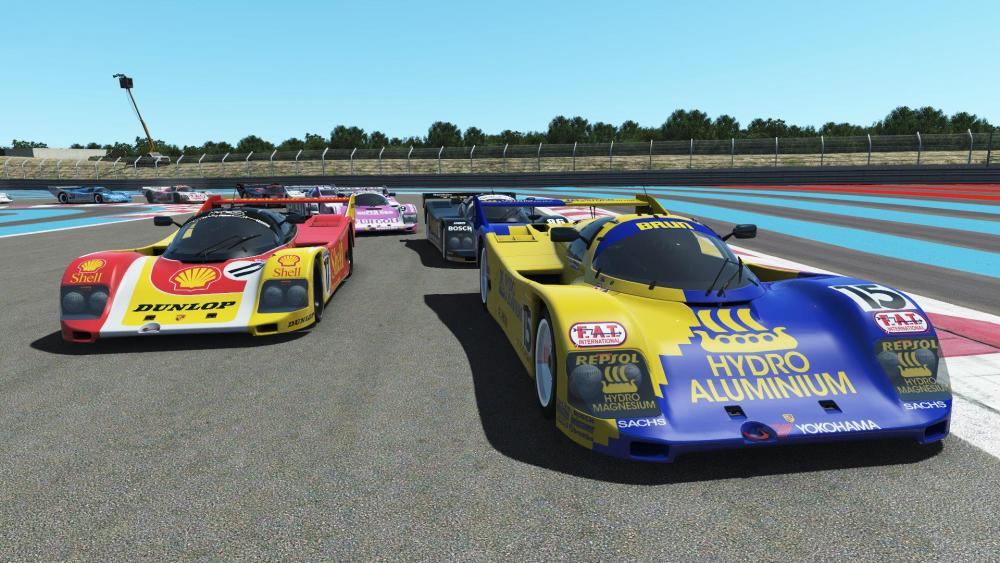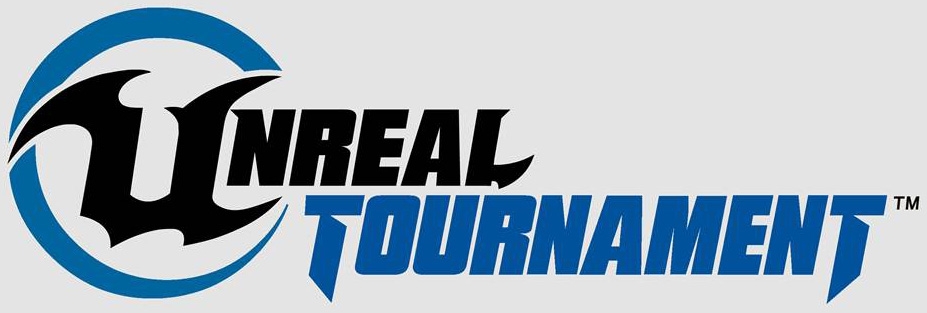-
Posts
4,364 -
Joined
-
Last visited
-
Days Won
142
Content Type
Profiles
Forums
Events
Downloads
Gallery
Posts posted by mad_dog
-
-
Σήμερα Server, ώρα Ελλάδας 22:00
Group C, Canada
Πληροφορίες εντός της ημέρας.
-
-
-
Επόμενο event...
-
-
Hydraulic Tilton 600 Series Pedals
http://www.thesimulator.co.uk/hydraulic-tilton-600-series-pedals/

-
-
-
-
Δοκιμαστικά σήμερα με τον angelovzr
Kαλά ήτανε αλλά με καθυστερούσε και δεν μπορούσα να βρω ρυθμό...



-
Nexr Car...
-
Mazda 787B Group C
-
Καλησπέρα στην παρέα...
Δοκιμάζω το παρακάτω mod
και πιστεύω ότι αξίζει να το δοκιμάσετε. Η Porsche έχει turbo lag και θέλει προσοχή, η Mazda δεν έγινε ακόμη δοκιμή. Μέχρι το βραδάκι πιστεύω να έχω ανεβάσει video.
Επίσης θα επιθυμούσα έναν αγώνα με το παραπάνω mod, όχι ακριβώς αγώνα, practice σαν εμπειρία περισσότερο να το δούμε.
Όποιος θέλει και βλέπει στο forum ας γράψει να πει την γνώμη του.
-
Just try the car today...




Sound ??? R3E ??? Forget R3E...
-
-
-
Yπάρχει ενδιαφέρον να τρέξουμε σήμερα ?
-
Υπάρχει ενδιαφέρον για το παρακάτω να τρέξουμε ???
Group C
Λεπτομέρειες για αυτά τα αυτοκίνητα εδώ.

To mod είναι από παιδιά που γνωρίζουν
MAK-Corp are working on the 1991 Group C cars for rFactor, rFactor 2, RACE07.
They stated that they are prioritizing rFactor and rFactor 2 and have different members working on putting the models in-game to be able to develop both versions simultaneously.The rFactor 2 version has been taking longer than they expected, but they are getting to the point where the mod is ready for a beta test.
The 1991 Group C mod will include iconic cars as the Sauber Mercedes C11, Porsche 962C and the Mazda 787B.So now Mak-Corp announced that the Open Beta of the 1991 Group C mod will be released on the 30th of September 2013.
-
MAK-Corp Group C Mod 0.79
General
These amazingly fast cars, were made to achieve the fastest speeds using the lowest amount of
fuel possible, which was key to success in that era. The Group C Mod was conceived for endurance
races and for sprint races of at least one hour (one full tank).
We have had the help of a former Porsche 962C driver throughout the development process and
been given a lot of technical information about the car and the different tyres used.Simulation Vs Reality
As the real cars changed from race to race and at every qualification, we had to make some
directional choices, and that’s why the cars match the historical final speeds and lap times at some
tracks, but not in others. The main focus has been put into handling, braking distances, tyres , fuel
consumption, and the driving style needed to achieve the best performance from them.
These cars produced a large amount of ground effect, and over 180 km/h the ground effect pushes
the car into the ground producing a huge amount of grip. Under braking this effect is reduced
while the car loses speed, and needs attention to avoid locking the tyres. Below the speed of the
ground effect activation, the cars rely on their tyres, and the ability of the driver to manage the
power output on corner exit as they navigate the circuit. The turbo lag can also be a problem if it
isn’t carefully matched with the right moment, but it could be helpful in other situations.The Cars
Mazda 787B: This is an 850Kg car, with a carbon fiber chassis, a rotary engine and a gearbox with
Porsche internal components. It's an easy car to drive, very stable and with low fuel consumption.
It has very good braking thanks to carbon fiber disks. Handling is neutral and it has very good
cornering behaviour thanks to the short wheelbase. The understeer/oversteer relationship can be
managed by changing the rear wing setting. It uses Dunlop tyres fitted on 18 inches rims. Two
compounds are available, medium for sprint races and hard for endurance races. This car can be
driven on the limit for an entire race just taking care to not passing the RPM limit.The engine with an estimated 700HP power is very driver friendly but with very warm tyres, the
peak of the torque curve will require the driver's work on the steering wheel to correct.
Specification
Weight: 850Kg
Chassis: Carbon Fiber
Brakes: Carbon Fiber
Front wheels: 300x640mm Rim: 18 inches
Rear wheels: 360x710mm Rim: 18 inches
Engine: Rotary 2.6 litre ~700HP @ 9000RPM**************************************************************************************************************************************************************************************
Porsche 962C: This 900Kg car is the most iconic from this era. The 962C set the benchmark for
years, but by the late 80’s and early 90’s it was starting showing it’s age. The Aluminium chassis
had many upgrades and modifications to keep it competitive, including several different engines,
aero modifications and electronics changes. It has Iron brake disks, so this car has a longer braking
distance than the Mazda. For this Mod the 962C is offered with two engines, a 3 litre twin turbo
engine used as C1 class in WSC, and a 2.8 litre single turbo version as used in IMSA. The 3 litre
version develops power in a gentle manner, making it easy to drive and oriented to endurance
races, while the IMSA version with a huge single turbo is more aggressive and more fuel hungry.
There are two different brands of tyres, Goodyear (R500 and R600, similar to the Dunlop of the
Mazda) and Yokohama. The Yokohama compound is a hard and very stable tyre with behaviour
similar to the Goodyear R600 compound. The Yokohama compound has lower grip than the
Goodyear R600, but it’s performance is comparable through an entire stint.
The turbo boost setting can be adjusted in-car, it has 15 positions. Positions 1 to 7 are fuel saving
settings. Position 7 (1.1 bar) is the recommended setting for endurance races with the best
power/consumption ratio, and matches the Mazda's fuel consumption. Positions 7 to 10 (up to
1.25bar) are used for sprint races, increasing the power output but with a higher fuel consumption
and higher engine wear (not recommended for long endurance races). Lastly, Position 15 is only
recommended for qualification stints. This setting has ridiculously high fuel usage, and the health
of the engine would be affected adversely under race lengths/conditions and prone to failure. A
button for temporary boost could be added too, providing full boost while pressed.
Specification
Weight: 900Kg
Chassis: Aluminium
Brakes: Iron, ventilated
Front wheels: 300x650mm Rim: 17 inches
Rear Wheels: 365x720mm Rim: 19 inches
Engine WSC: Flat-6 3.0 litre twin turbo 650-800HP @ 8200RPM
Engine IMSA: Flat-6 2.8 litre single turbo 650-800HP @ 8200RPM
Which car is best for me?
The Mazda with just one brand of tyres and management of fuel consumption in the hands of the
driver, it's a great safe choice for the race.
On the Porsche's side, you have different options. You could use Goodyear tyres and a higher
turbo pressure to go as fast as you can, but bear in mind that tyres will last less, and pit stops will
be longer due to the amount of fuel needed. A more conservative choice could be to use the
Yokohama tyres with a lower turbo pressure.
Both cars have the same chance to fight for wins, it all depends on the driver to choose the right
combination that matches their driving style to get the best performance from the chosen car.

-
-
-
-
Buy in Year 2008...Zalman ZM850-HP

-
This is my old PC Case...realy nice










Assetto Corsa [Videos]
in Assetto Corsa
Posted